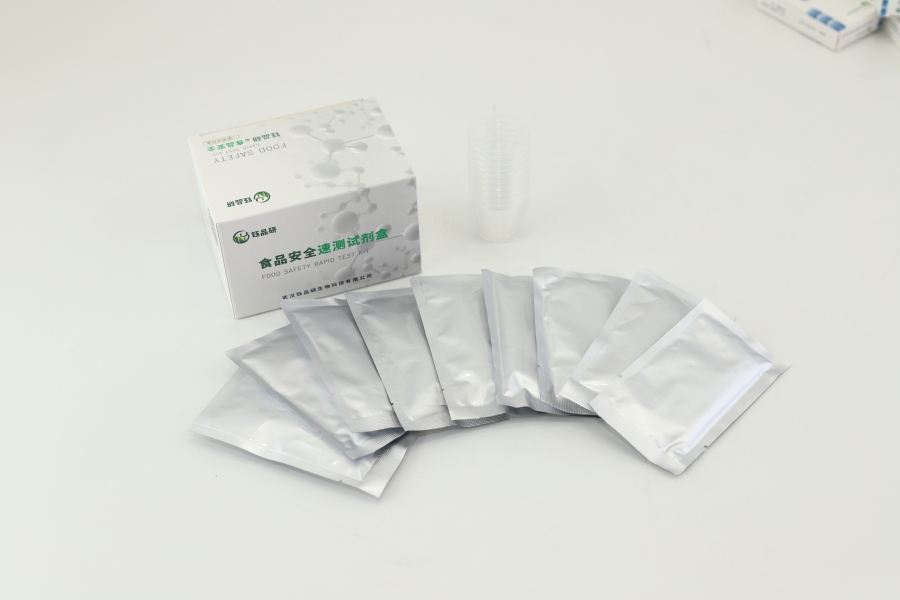
The illegal use of clenbuterol seriously endangers food safety and public health, among which ractopamine and clenbuterol hydrochloride are common detection objects. In order to ensure the safety of the food supply chain, fast and accurate detection methods are essential. Wuhan Yupinyan Biological, as an enterprise specializing in the production of food safety rapid detection reagents, is committed to providing users with convenient and efficient detection programs. The general process steps of using rapid detection reagents to detect ractopamine and clenbuterol hydrochloride will be described in detail below.
is the first step of sample pre-processing. According to the type of sample to be tested (such as meat, internal organs, urine, etc.), sample according to the requirements of the reagent instructions. Usually, it is necessary to cut or homogenize the sample, and accurately weigh a certain amount of the sample and place it in a centrifuge tube. Then a specific extract is added, and the target (ractopamine or clenbuterol hydrochloride) in the sample is fully dissolved by sufficient shaking. After the shaking is completed, centrifugation is performed to separate the supernatant, which is the sample liquid to be tested. If the sample liquid is more cloudy or has many impurities, further purification or dilution treatment may be required to ensure the accuracy of the test results.
Next is the addition and reaction steps. Take out the clenbuterol rapid detection card produced by Wuhan Yupinyan Bio (select the corresponding ractopamine detection card or clenbuterol hydrochloride detection card according to the detection target) and place it flat on a clean countertop. Use a micropipette to absorb the pre-treated sample liquid. According to the instructions of the reagent manual, accurately add a certain volume of sample liquid to the addition hole of the detection card. After the dropwise addition is completed, start the timing to allow the sample liquid to undergo chromatographic reaction in the detection card. During this process, the detection card should be avoided from being shaken or tilted, and ensure that the temperature of the reaction environment is within the appropriate range required by the reagent, usually room temperature.
Finally, the result is interpreted. After the reaction reaches the specified time (generally 3-5 minutes, refer to the reagent manual for the specific time), pick up the detection card from the horizontal table, and observe the color development of the detection line (T line) and the quality control line (C line) under natural light. If the quality control line (C line) does not show color development, the test result is considered invalid regardless of whether the test line (T line) shows color. It may be due to improper operation or the failure of the test card, and it needs to be re-tested. If the quality control line (C line) shows clear color, then: when the test line (T line) also shows clear color, it is interpreted as a negative result, indicating that the content of ractopamine or clenbuterol hydrochloride in the sample is below the detection limit; when the test line (T line) does not show color, it is interpreted as a positive result, indicating that the sample may contain ractopamine or clenbuterol hydrochloride that exceeds the detection limit.
it should be noted that the above steps are the general general process of using rapid detection reagents for clenbuterol detection. The specific operation details may vary slightly due to the reagents of different manufacturers. Therefore, in actual operation, be sure to read carefully and strictly follow the instructions of Wuhan Yupinyan Biological Rapid Detection Reagent used to ensure the reliability of the test results. Rapid detection methods provide efficient means for on-site screening. For samples with positive results, it is recommended to send them to the laboratory for more accurate instrumental analysis methods for confirmation.

